Radiator Fan Motor Replacement
How To Replace Radiator Fan Motor
Tools and Supplies Needed
- Socket set
- Wrench set
- Replacement cooling fan
- Fluid catch basin
- Protective eyewear and gloves
- Hose clamp tool or channel locks
- Check the main fan blade mounting nut for tightness.
- Electrical connectors must free from dirt and debris to ensure proper current flow.
- Allow the engine to warm up to operating temperature until the cooling fan turns on. If the fans turn "ON" and the engine overheats anyway, check for engine overheating
- Use caution while replacing the cooling fan, if radiator damage occurs it must be replaced.
Step by step repair guide on how to replace a radiator cooling fan motor, this article pertains to all vehicles designed with electric cooling fans.
Step 1 - Locate and disconnect the electrical connector for the cooling fan.

Disconnect Cooling Fan Electrical Connector

Removing Lower Fan Mounting Bolts
 Step 3 - Remove any weather stripping that will help access the cooling fan. (Note: This is not needed on most vehicles.)
Step 3 - Remove any weather stripping that will help access the cooling fan. (Note: This is not needed on most vehicles.)
Remove Plastic Covering
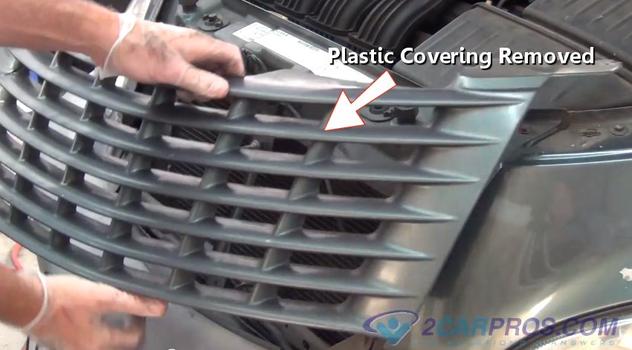
Plastic Cover Removed (Grill)
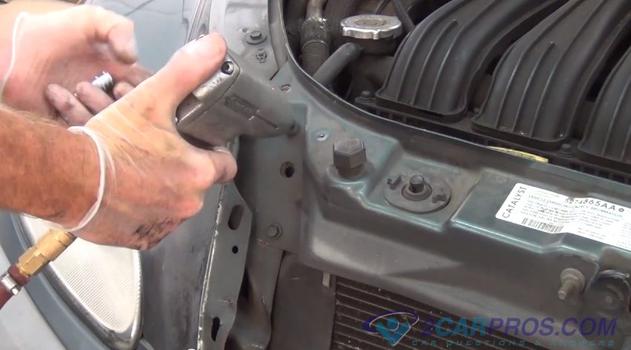
Remove Core Support Bolts
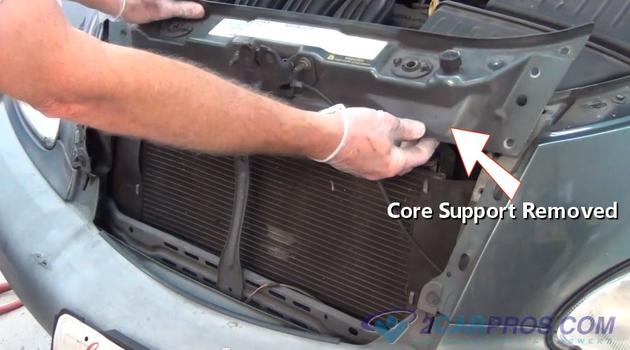
Core Support Removed
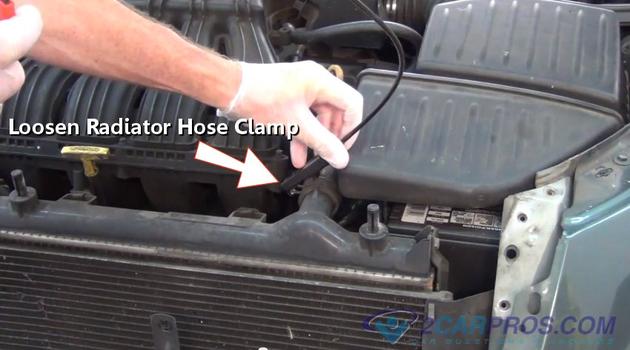
Loosen Upper Radiator Hose Clamp
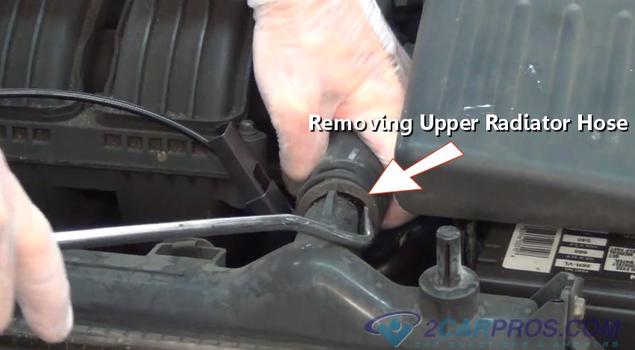
Remove Upper Radiator Hose
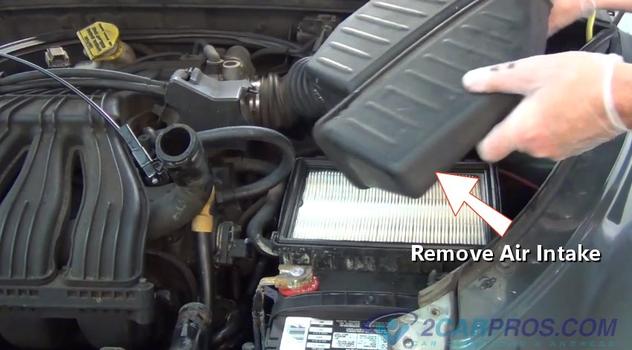
Remove Air Intake
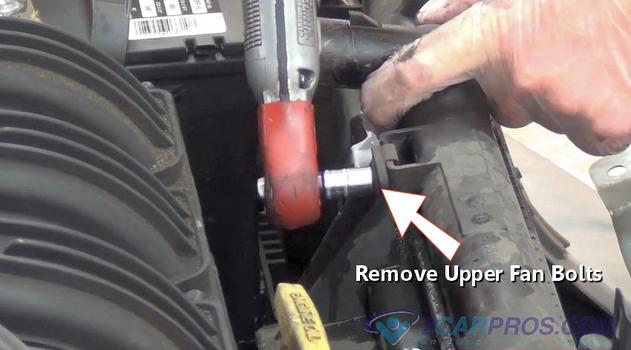
Remove Upper Cooling Fan Bolts
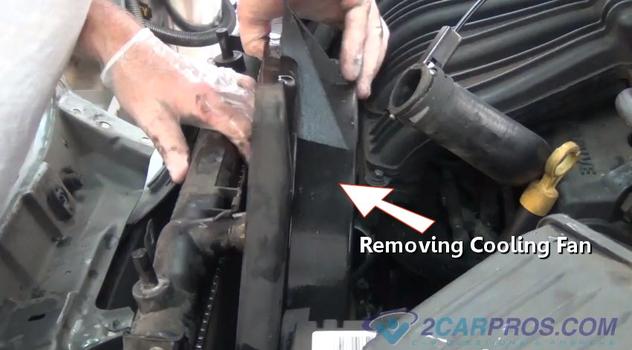
Removing Cooling Fan
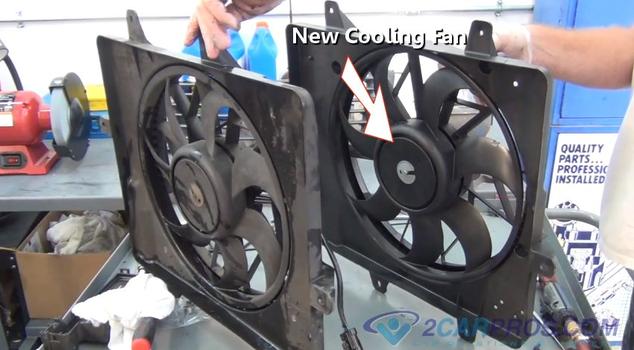
Matching Failed Fan to Replacement Fan
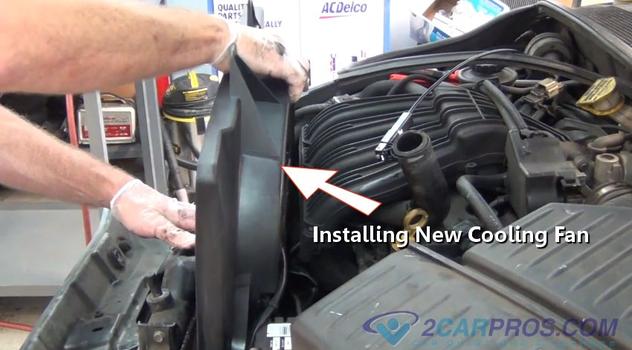
Installing New Cooling Fan
Comments
Post a Comment